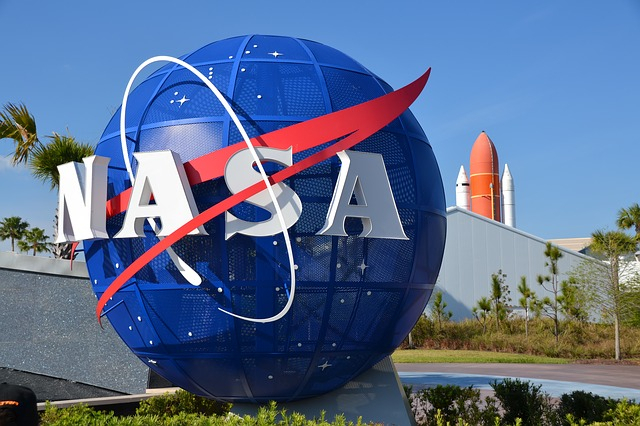NASA has postponed its upcoming mission to the moon of Saturn, Titan, which can support life, citing the budgetary concerns that were raised due to the coronavirus or COVID-19. In a statement posted by the space research organization, the agency stated that the launch that was originally planned to take place in 2026, is going to happen in 2027.
The later launch date according to the statement is based on facts that are external to the Dragonfly project team, which include coronavirus's impact on the Planetary Science Division's budget. It was planned to land on Titan in 2034, but there is no update regarding the timeframe.
NASA Postpones Titan Mission Due to COVID-19

"NASA has the utmost confidence in the Dragonfly team to deliver a successful mission that conducts compelling science," Lori Glaze, director of the Planetary Science Division at NASA, mentioned in a statement. "Dragonfly will significantly increase our understanding of this richly organic world and help answer key astrobiology questions in our search to understand the processes that supported the development of life on Earth."
In June 2019, NASA claimed that Dragonfly will be the next mission in the New Frontiers program. The rotorcraft is going to fly to dozens of good locations on the celestial satellite after it arrives. "This ocean world is the only moon in our solar system with a dense atmosphere & we're so excited to see what Dragonfly discovers," NASA Administrator Jim Bridenstine mentioned in a tweet along with the June 2019 announcement. The atmosphere of Titan is four times as dense as Earth's with NASA comparing to that of early Earth.
Dust storms were spotted on Titan in September 2018, for the first time that raised the prospect the storms might be a precursor to alien life. Scientists revealed in January 2019 that fresh rainfall was spotted on Titan in 2016, which caused a reflective feature near the northern pole of the moon. After a few months in November, the US space research organization mapped Titan with the help of data from the Cassini orbiter showcasing its similarities to Earth.









